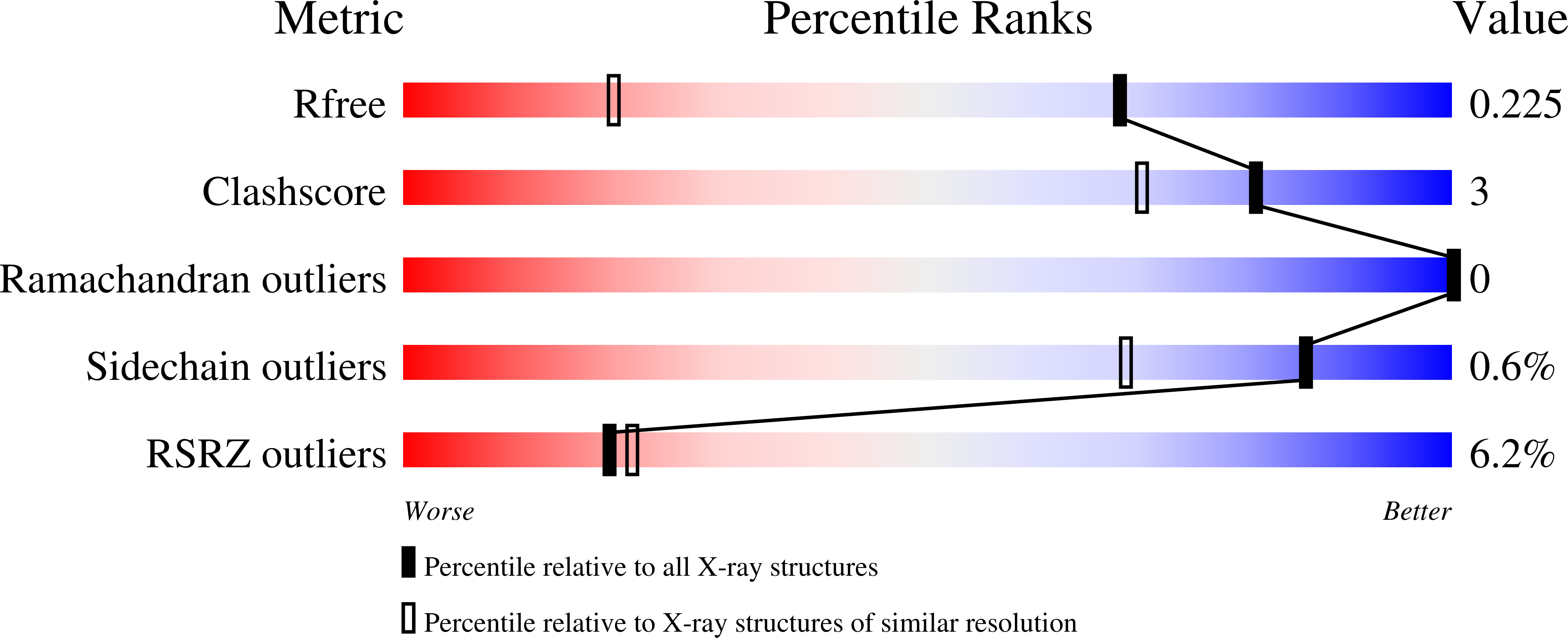
Deposition Date
2009-06-23
Release Date
2009-08-25
Last Version Date
2024-10-09
Entry Detail
Biological Source:
Source Organism:
Neisseria meningitidis MC58 (Taxon ID: 122586)
Host Organism:
Method Details:
Experimental Method:
Resolution:
1.45 Å
R-Value Free:
0.22
R-Value Work:
0.19
R-Value Observed:
0.19
Space Group:
P 21 21 21


